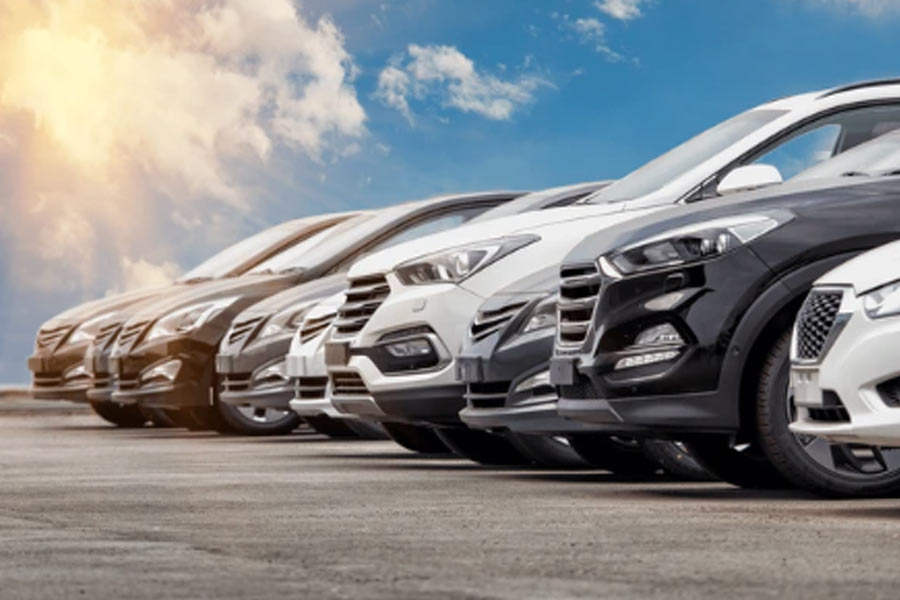Automobile industry analysts are unanimous on the need for small cars as a segment in the country, but are divided on whether the segment can stage a comeback amid rising cost of ownership driven by factors such as regulatory measures, safety and emission norms and rising insurance costs.
In FY25, utility vehicles continued to dominate the Indian passenger vehicle market, accounting for nearly 65 per cent of total domestic sales, with around 2.79 million units sold during the year. This performance stood out even as the overall industry recorded a modest year-on-year growth of just 2 per cent in the domestic passenger vehicle segment.
In contrast, the sale of small cars — including hatchbacks and sedans — dropped to a 15-year low in FY25, with just 1.35 million units sold.
Recently, Maruti Suzuki chairman R.C. Bhargava said that small cars have lost their affordability appeal, which is also reflected in the company’s sales numbers.
In FY25, Maruti Suzuki, which dominates the small car segment, sold 896,507 units of its mini and compact cars compared with 970,109 in FY24. Bhargava said that small car prices have increased by around ₹90,000 and personal income tax relief announced in the budget are not adequate to boost sales in the segment. This has prompted a debate among industry observers on the relevance of the segment in the future.
“India still needs small cars, even as the market has shifted toward SUVs. Small cars have historically played a crucial role in making personal mobility accessible to millions, especially first-time buyers and middle-income families. Additionally, in rural and semi-urban regions, small cars offer a reliable and economical means of transport. The challenge for auto makers is to keep this segment viable by innovating on safety, emissions, and features without significantly increasing costs,” said Saket Mehra, partner and auto and EV industry leader, Grant Thornton Bharat.
“India’s small car segment is facing challenges due to several factors: rising prices from stricter safety and emission norms, stagnant incomes that haven’t kept pace with these increases, and a consumer shift towards compact SUVs. With government initiatives promoting localisation (in manufacturing), SUVs have also become more affordable, offering opportunities for upgrade. Additionally, urbanisation, rising disposable incomes and rough road conditions have made owning larger vehicles more practical,” said Saji John, senior research analyst at Geojit Investments.
“We anticipate that the small car segment will gain momentum in FY26, supported by easier borrowing conditions and increased liquidity. A normal monsoon and a strong marriage season in Q1FY26 are expected to boost overall demand for Maruti Suzuki,” said John.
However, analysts at Bajaj Broking Research said that even with declining interest rates, hatchbacks are unlikely to stage a strong comeback.
“Compact SUVs are now priced close to premium hatchbacks, and with flexible loan options, more people find them affordable. Manufacturers also prioritise the sale of SUVs due to better margins, further pushing demand. As compact SUVs become more affordable and desirable, and as auto makers continue to focus on them, the recovery of small cars seems uncertain without targeted support,” the analysts said.










